Rajasthani Legends
Jodhpur Rajasthan India
Mother Masala Tours
The Celestial Blue City of Jodhpur
Jodhpur Rajasthan India. Known as the “Blue City,” holds a unique place in the historical landscape of India. Located in the Thar Desert, this city was founded in 1459 by Rao Jodha, a chief of the Rathore clan, who needed a stronghold to protect his territories against rival kingdoms. The city’s expansion was marked by its wonderful blue buildings, which emerged as a practical solution to repel heat while creating an aesthetic identity. In its early years, Jodhpur flourished as a trade center, facilitating commerce for goods such as spices, textiles, and handicrafts. The city became an influential place due to its strategic location along the trade routes connecting Northern and Western India. The importance of trade brought prosperity, allowing Rao Jodha and subsequent rulers to fortify the city with the impressive Mehrangarh Fort.
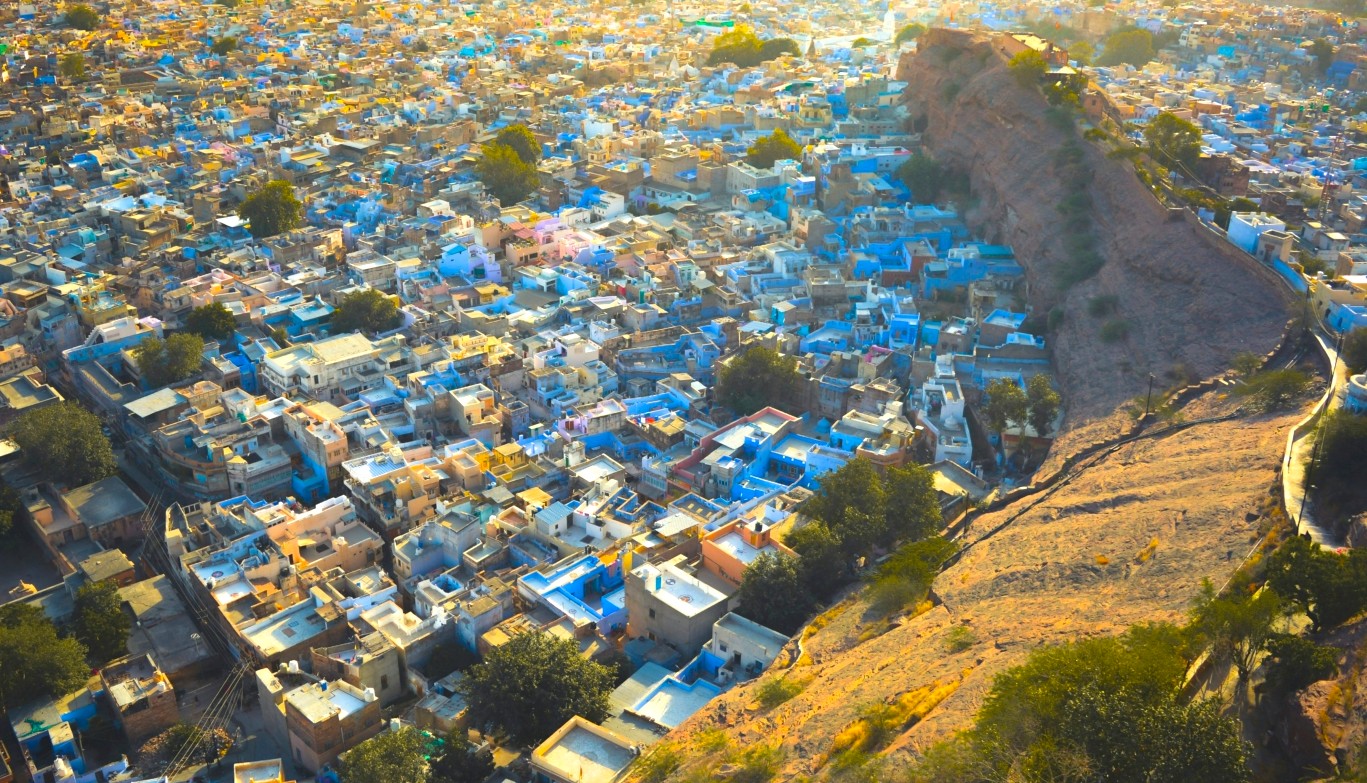
Jodhpur Rajasthan India: An Epic Journey
Throughout its history, with many battles, including skirmishes against the Mewar Dynasty and later engagements during the era of British colonization. The fort acted as both a defensive structure and a royal residence, housing illustrious characters such as Maharaja Jaswant Singh, a renowned warrior and statesman. Under his rule in the late 17th century, the city expanded further, allowing for the construction of palatial structures and temples that reflected the artistry of the time. In 1818, Jodhpur signed a treaty with the British, which marked a change in governance while maintaining a degree of autonomy. The city then became part of the princely states of India, preserving its local rulers but under British overlordship.
Timeless Artifacts & Sacred Spaces
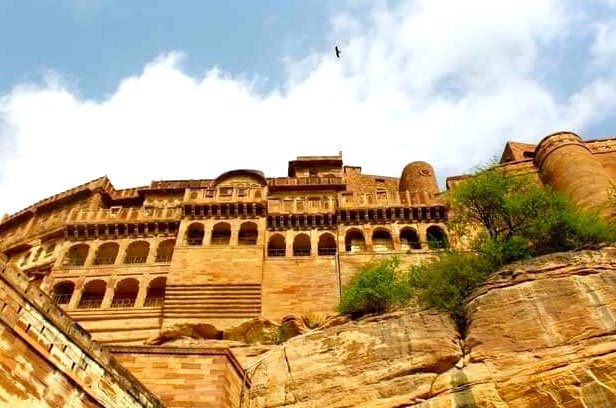
In the heart of Jodhpur, we discover a wealth of artifacts that share the region's heritage. Numerous ceremonial items and royal regalia can be found in Mehrangarh Fort, which is home to some of the most notable collections in India. The fort itself can be likened to a museum of history, with displays that include elaborate weapons, intricately designed textiles, and painted furniture indicative of the craftsmanship of the eras. These treasures offer a glimpse into the lives of Rajput royalty and the vibrant culture that flourished here, revealing a glorious past.
Ancient Mosaics: Impeccable Craftsmanship
Jodhpur Rajasthan India. The craftsmanship within the city speaks volumes about the skills of ancient artisans, whose legacies can still be seen across Jodhpur today. The intricate jali - lattice work, stone carvings, and frescoes found in Mehrangarh Fort and the Umaid Bhawan Palace echo the artistic genius of the Rajput Dynastys. For example, the early 20th-century Umaid Bhawan Palace, which was constructed between 1928 and 1943, showcases a blend of Indian and European architectural styles, featuring stunning domes and expansive gardens. The craftsmanship involved thousands of artisans who contributed their skills to create this magnificent structure for Maharaja Umaid Singh.
The Pulse of the Local Community
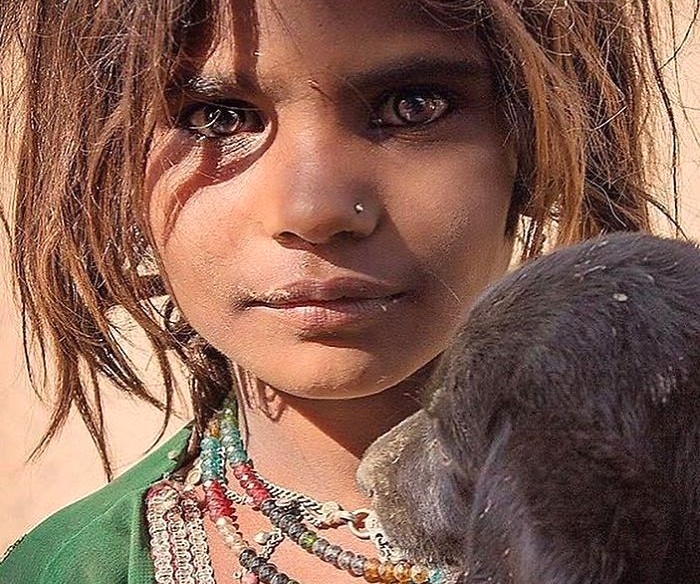
In Jodhpur, the locals are known for their warm hospitality and deep-rooted cultural traditions. The sense of community is palpable as we explore the vibrant neighborhoods where traditions have been carefully preserved for generations. Daily life here unfolds with a gentle rhythm, from morning prayers echoing through the blue alleyways to bustling markets filled with colorful textiles and fragrant spices. Visitors will truly feel part of this authentic experience, absorbing the unique rhythms of local existence. One will see skilled artisans crafting their wares with meticulous care, their creations reflecting centuries of heritage. Families share stories together, strengthening communal bonds.
A Culinary Journey: Savor the Flavour
Exploring the culinary landscape of Rajasthan, reveals a variety of traditional dishes that celebrate the region's heritage. One iconic dish to try is Mava Kachori, a sweet and savory pastry filled with mawa (milk solids) and dry fruits, deep-fried to golden perfection. This unique treat is typically served with a side of syrup or milk, making it a popular breakfast item that adds a delightful twist to the typical kachori. Another dish worth experiencing is Laal Maas, a famous Rajasthani lamb curry known for its fiery spice levels.
Capturing the Magic: A Photographic Haven
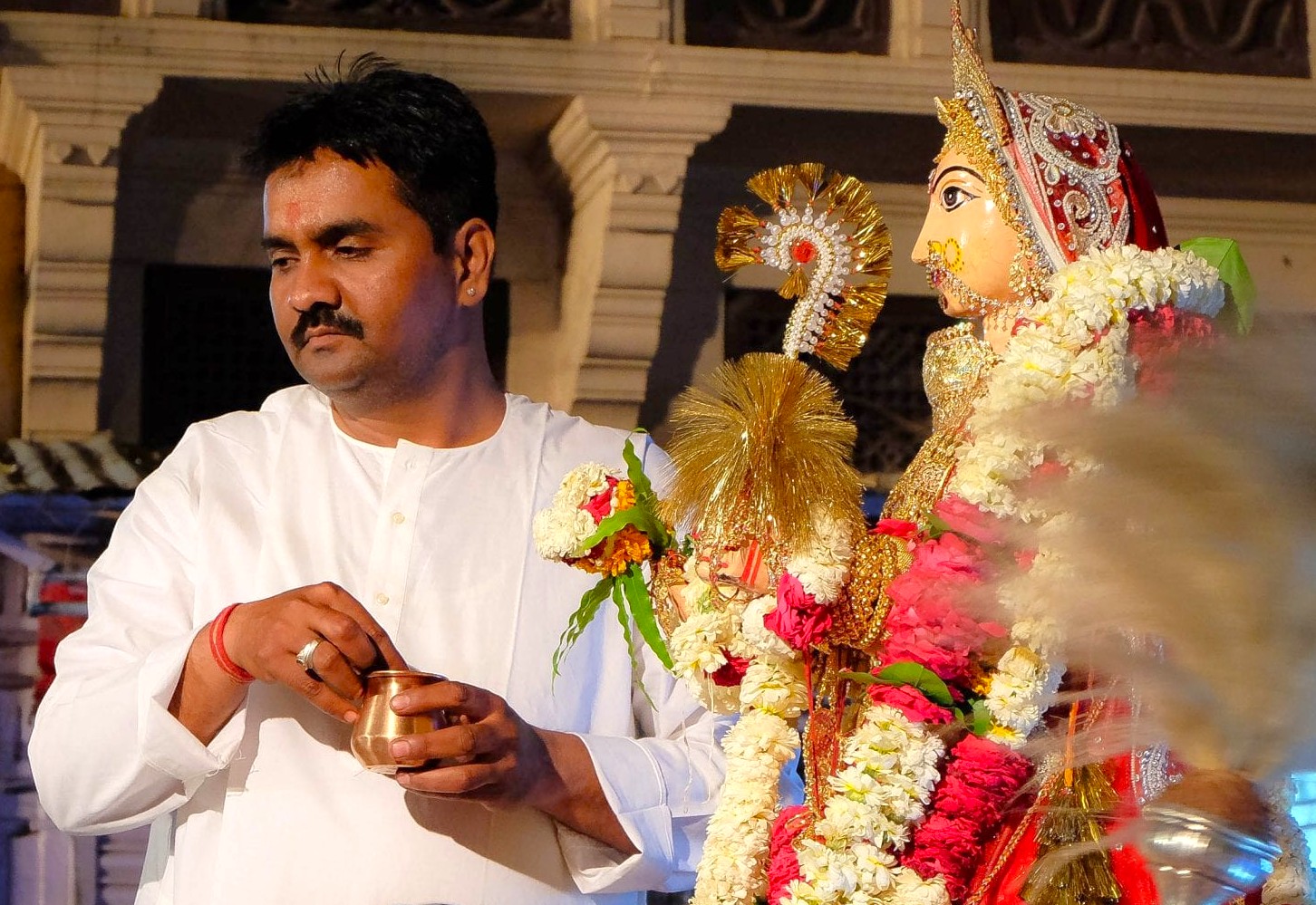
The alleys rich with textiles, handicrafts, and vibrant local life create a truly visually arresting scene. We find unique corners featuring market stalls and artisans at work, each providing authentic snapshots that highlight the everyday life of this city. Every turn reveals another picturesque vista, from intricately carved doorways to sun-drenched courtyards, each offering a unique photographic perspective. Sites such as the majestic Clock Tower and busy Sanar Market present excellent backdrops for capturing the vibrant spirit of Jodhpur, truly a photographer's dream.
Festivals of Devotion: Honouring the Sacred and the Divine
Jodhpur Rajasthan India. The festivals celebrated in Jodhpur are a vibrant expression of devotion and community spirit. One of the most significant events is Gangaur, which occurs in March or April. This festival honors Gauri, the Goddess representing marital bliss. Women dress in colorful attire and participate in processions that culminate in the worship of Gauri, reflecting the region's rich cultural traditions. Another celebration is Diwali, the Festival of Lights, which takes place in October or November. The city is adorned with thousands of lights and decorations as locals celebrate the victory of light over darkness.
The Connection with the Gods
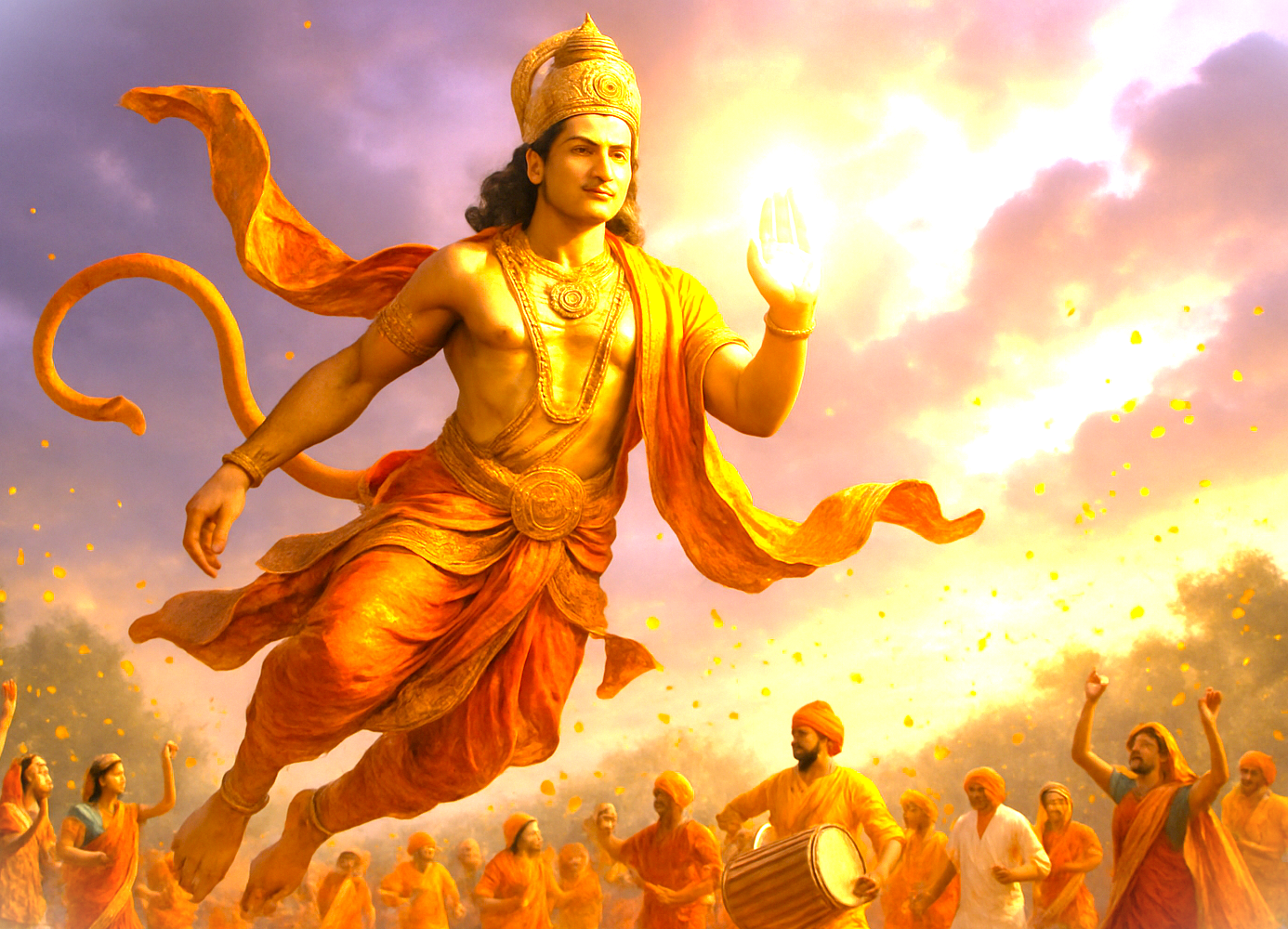
One prominent figure is Chamunda Mata, believed to be a protectorate deity, worshipped in the Chamunda Temple located within the Mehrangarh Fort complex. The lore surrounding Chamunda Mata tells of her fierce nature and her role in safeguarding the inhabitants of the fort. Pilgrims seek her blessings for strength and victory, finding immense comfort in her protective presence. Another is Hanuman, revered for his unwavering devotion and incredible strength. His temple attracts many devotees who offer sincere prayers, especially during Hanuman Jayanti, which joyfully celebrates his birth. This brings communities together in profound reverence and spiritual connection.
Ancient Technologies: Sacred Sound, Geometry & Astrological Influences
Jodhpur reflects the application of ancient technologies, particularly in the design of its temples and monuments. The concept of Vastu Shastra was likely considered in the construction of significant sites, dictating the placement and orientation to optimize positive energy flow. Materials such as sandstone have been utilized not just for their durability, but also for their acoustic properties. The courtyards of Mehrangarh Fort amplify sound, creating a unique auditory experience that reflects the environment’s energy. Incorporating Solfeggio frequencies, such as 396 Hz - known for its liberating qualities - adds another layer to the experience of these sacred spaces.
Serendipitous Meetings: Beyond the Main Path
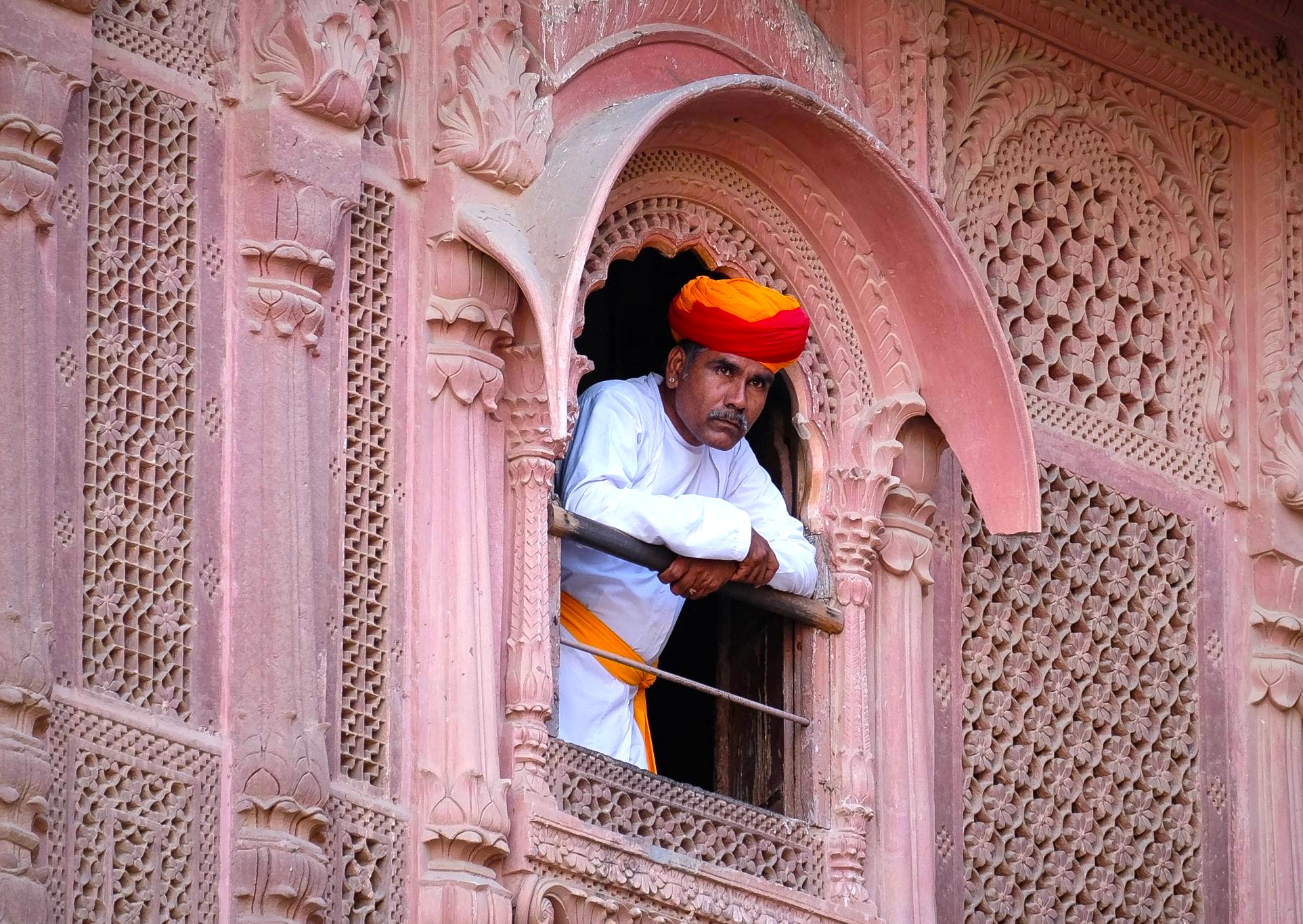
As we walk through the streets, we always discover little surprises that reveal the true essence of daily life. The narrow lanes are lined with small artisan workshops where skilled craftsmen produce exquisite textiles, beautiful pottery, and delicate jewelry. These intimate encounters allow us to genuinely engage with the local culture, connecting us deeply with the vibrant traditions that have been passed down through generations. Visitors will stumble upon family-run shops that specialize in handmade Bandhani, a unique tie-dye technique specific to this region. This artistry is truly a delight.
Urban Legends: Strange Sightings, Myths and Mysteries
Rich with legends that weave together the city's past and its mystical aura. One popular tale involves the abandoned Umaid Bhawan Palace, with stories of ghostly apparitions of former royal residents seen wandering the grand halls at night. Locals recount chilling encounters, adding an air of mystery to what is otherwise a stunning monument. Another story relates to Mehrangarh Fort, believed to house the spirit of Maharani Sajjumal, who is said to roam the fort in search of justice after her tragic fate. Many claim to feel a presence or see ethereal figures in certain parts of the fort, deepening the legend surrounding this historic site.
Resilience and Renewal: Overcoming Adversity’s Challenges
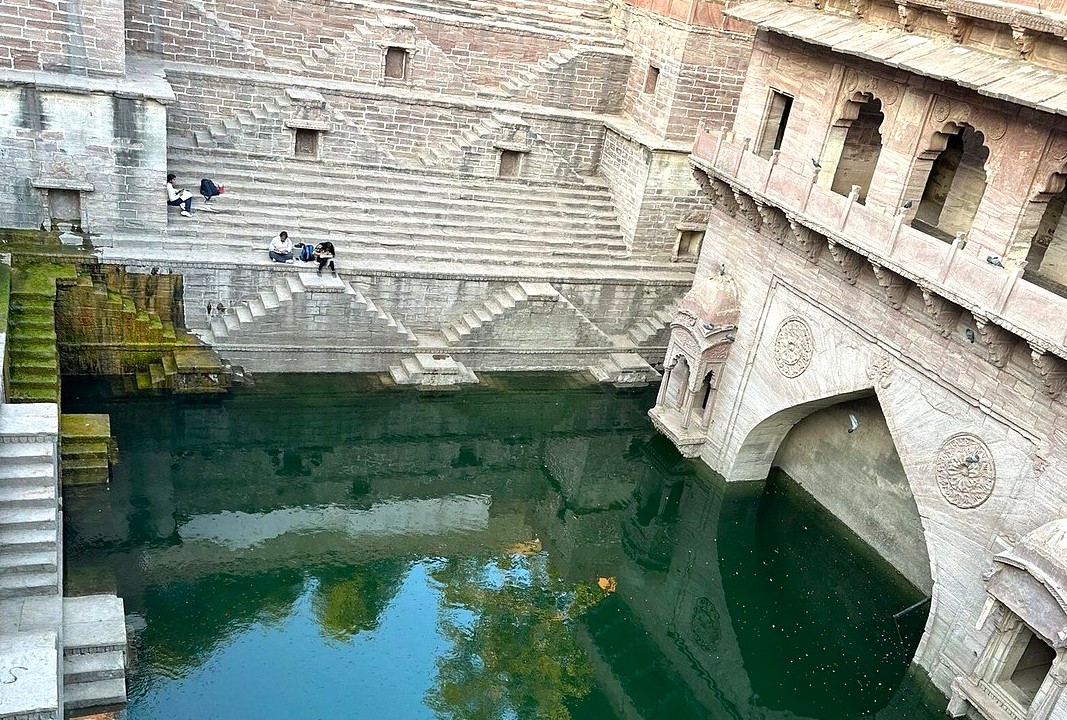
Jodhpur has faced numerous adversities, shaping its character and resilience. One notable event is the devastating flood of 1946, which destroyed many homes and infrastructure. The local rulers and citizens banded together for relief efforts, reinforcing community bonds in times of crisis, revealing their unwavering spirit. This communal response showcased true grit. Additionally, the Battle of Jodhpur in 1817 between the British and local forces marked a critical moment. This significant conflict shaped the city’s history, fostering unity and enduring strength among its people.
Holy Cow It’s India, and It’s Pure Magic - Join Us
We invite you to experience the rich history and vibrant culture that define this extraordinary city. From the majestic fort to the colorful bazaars, we will delve into the compelling stories of the past, etched in every stone. Savor local delicacies, a true feast for your senses, and appreciate the intricate artistry that permeates the streets. You will discover ancient traditions, witness skilled artisans, and connect with the heart of this remarkable place. This journey promises an unforgettable immersion into Jodhpur's unique spirit, creating cherished memories and a deeper appreciation for its timeless charm.
Symphony of Generosity: Offerings from Wanderers to Residents
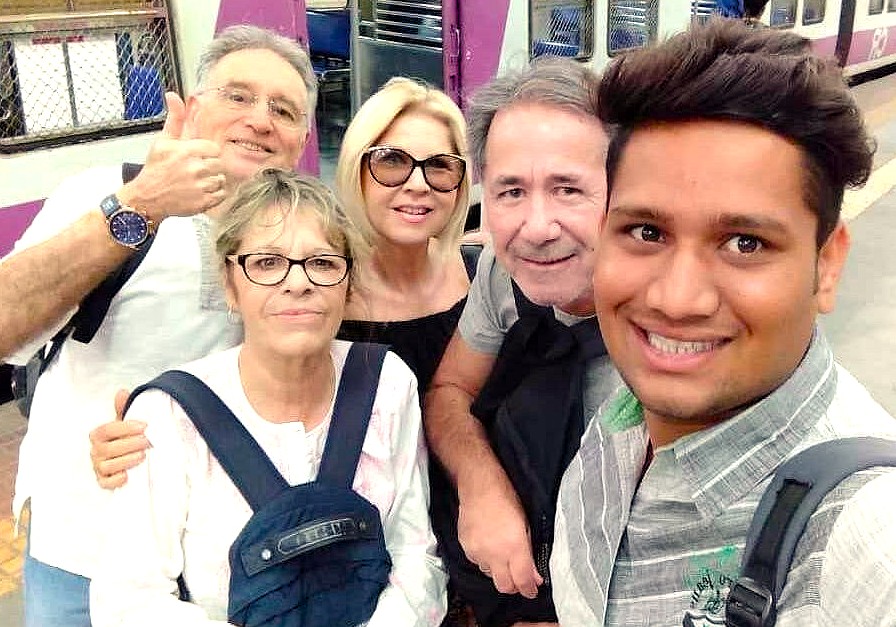
The interplay between the local community and those exploring Jodhpur truly enhances the cultural experience for everyone. Locals benefit from vital economic support as visitors engage with their unique crafts, like exquisite leatherwork and vibrant textiles, and savor delicious regional cuisine. This engagement reinforces the profound importance of preserving these cherished traditional practices for future generations. This beautiful exchange creates a lively atmosphere throughout the city's bustling markets and vibrant streets, fostering a deeper, mutual appreciation for Jodhpur's living heritage.